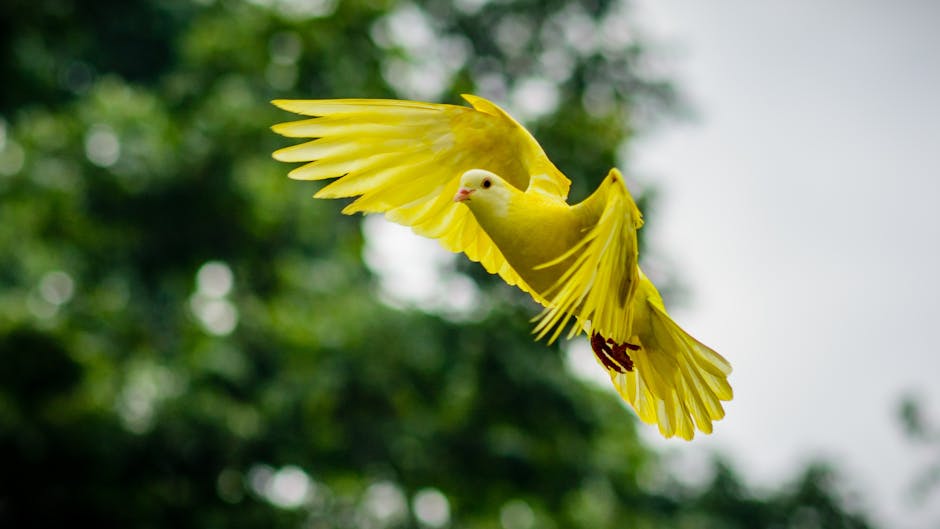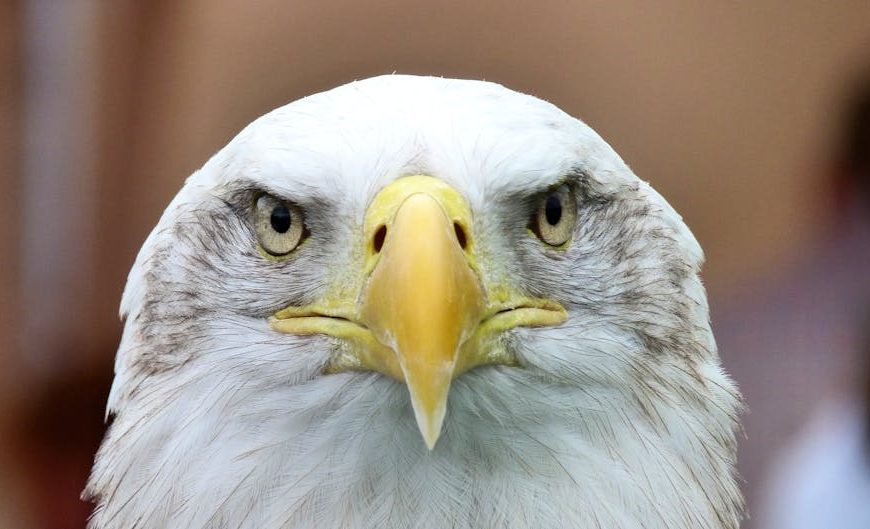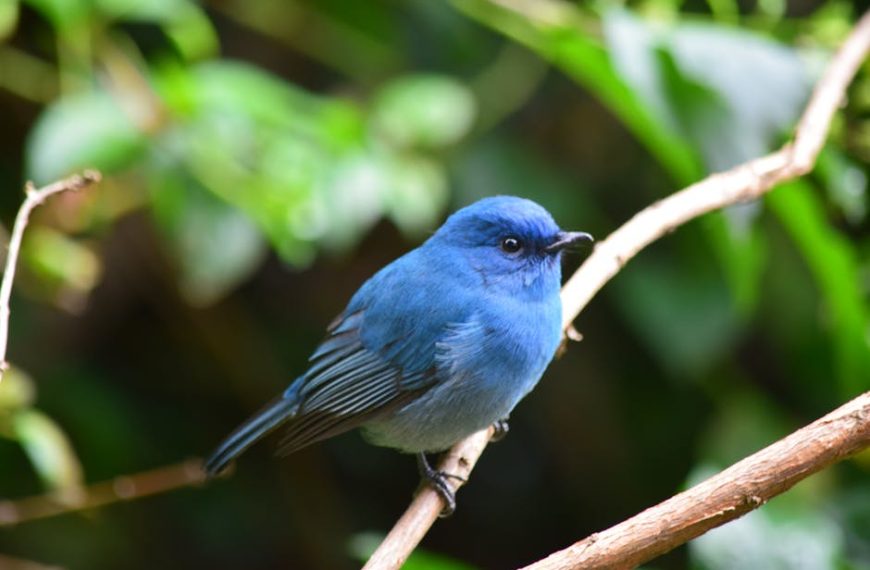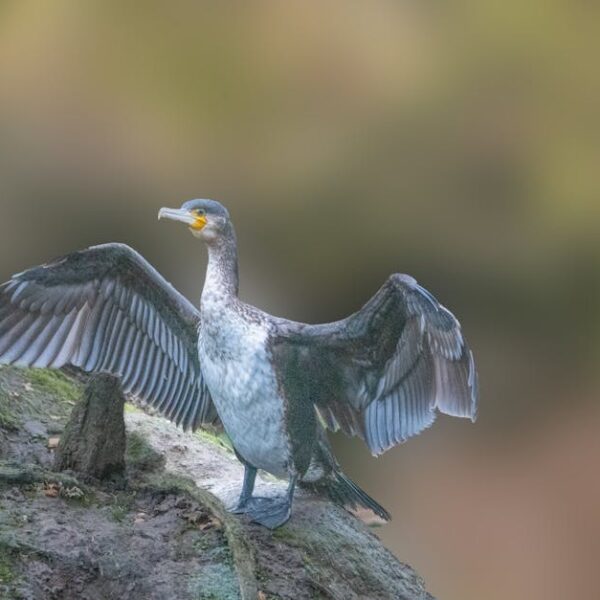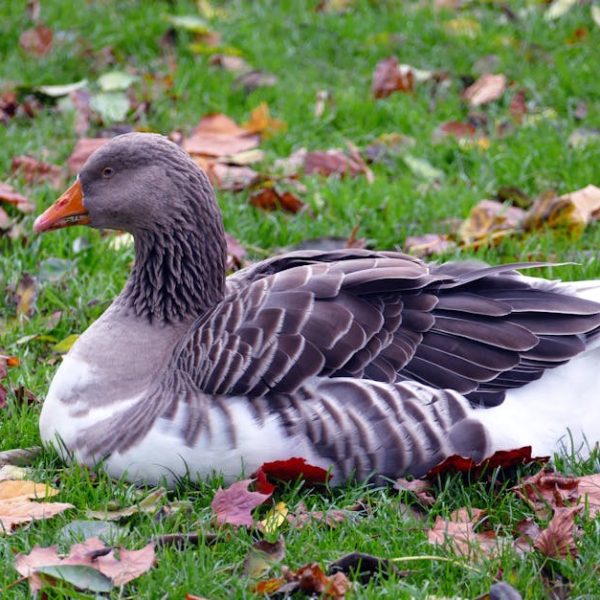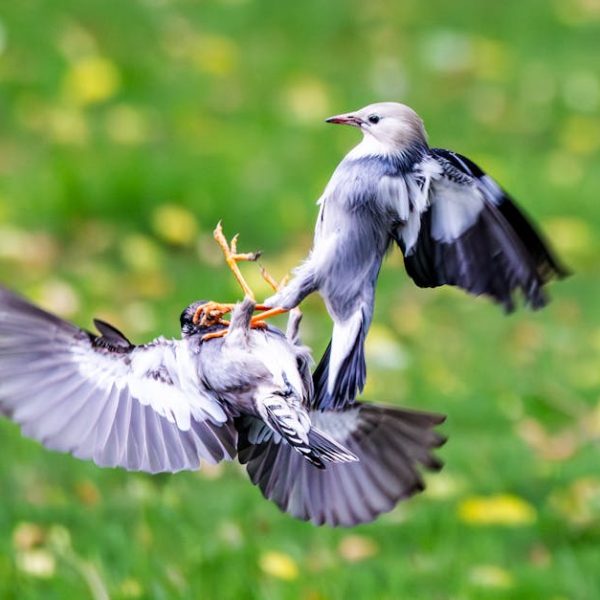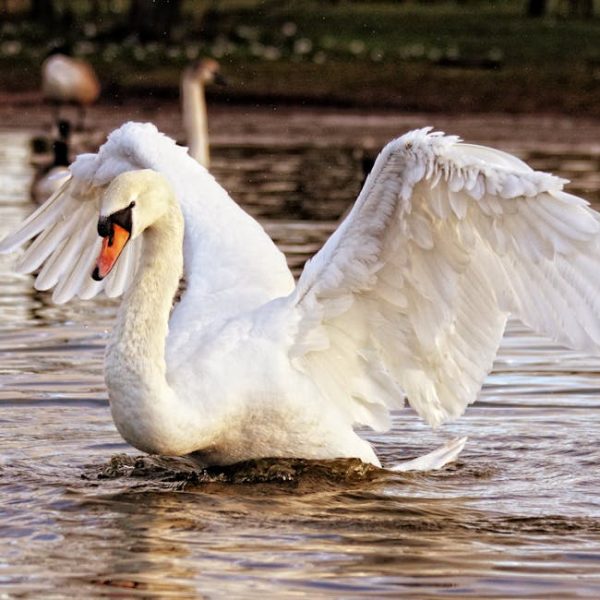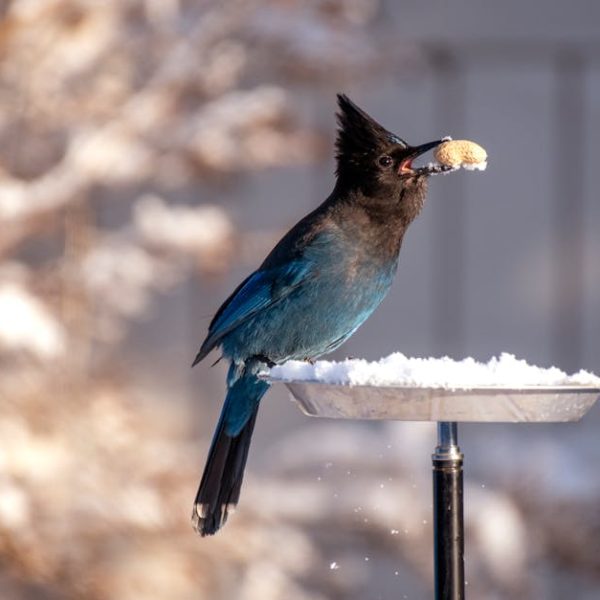Birds are often observed flying closer to the ground due to a number of intriguing environmental and biological factors, including thermodynamics, predator avoidance, foraging, and navigation. By delving into these elements, we gain insights into the avian world, helping us understand why our flight-bound friends sometimes seem to prefer lower altitudes.
Understanding Bird Flight Patterns
Bird species adopt diverse flying patterns in accordance with their biological characteristics and environmental needs. Flying close to the ground is a preference exhibited by certain bird species, such as sparrows, hawks, and hummingbirds. This behavior is often triggered by factors like wind current utilization, predator evasion, or proximity to food resources. A deeper understanding of these patterns not only allows us to appreciate bird behaviors but also helps in maintaining a healthier environment for them.
⚠️Pro Tip: To observe and identify these patterns in birds, focus on their flight height, speed, and style as well as their environmental interactions!
Thermodynamics of Bird Flights
The physics of flight plays a significant role in figuring out why birds fly close to the ground. Birds utilize thermodynamics, especially those offered by thermal columns, to aid their flight and conserve energy. Thermals, essentially updrafts of warm air, generally closer to the ground, provide lift for the birds, enabling them to soar higher without flapping their wings.
Visualize if you may, a graph where the y-axis represents altitude and the x-axis indicates energy expenditure. You would notice an intersection point where the altitude is low and energy conserved is high, offering an explanation for lower flights.
| Flying Close to Ground | Flying at Higher Altitudes | |
|---|---|---|
| Energy Spent | Less | More |
| Natural Lift | High | Less |
Protection Against Predators
It might surprise some that flying lower can serve as an effective strategy for birds to avoid airborne and terrestrial predators. Foliage and ground structures provide natural cover, enabling birds to often take enemies by surprise or evade them entirely. Owls, eagles, and even terrestrial predators like cats and raccoons are among common threats that birds sidestep by flying closer to ground level.
Best Practice: Bird watchers! Always respect birds’ space, and avoid disturbing their habitat for a closer look. Demonstrating respect for their defense mechanisms promotes a safer environment and healthier bird populations.
In the subsequent sections, we’ll discuss how hunting needs and navigation play into birds’ choice to fly low. Understanding these fascinating behaviors will further enrich our connection to the feathers in the sky.
Foraging and Hunting Needs
Birds, particularly predatory species require keen sight and proximity to successfully hunt or forage for food, which occasionally purposes their decision to fly closer to the ground. When soaring high, they may spot a potential target but the time and energy required to reach it from greater elevation could allow the prey to evade capture. Therefore, flying low increases their chances of successful hunting, while also opening them to risks such as collision and exposure.
| Pros | Cons | |
|---|---|---|
| Flying Low | Increased chances of successful hunting | Collision risk, exposure to predators |
Checklist: If you see a bird flying low, make note of its speed, flight pattern, and reactions to environment elements. If its flight path seems focused and determined, chances are it might be on a hunting or foraging mission!
Navigation and Landmark Recognition
Landmarks serve as essential navigation tools for birds, much like street signs for humans. Often when traversing unfamiliar or areas lacking visible tall landmarks, birds may fly at lower altitudes. Trees, water bodies, and cliffs are common navigation markers that aid birds when they fly. This low-altitude navigation method helps birds remember paths, locate nests, and find food resources with better accuracy.
⚠️Pro Tip: Noticing a bird consistently flying at the same height in a specific area? It might be using local landmarks for navigation! Observe and you might spot the landmarks they’re using to chart their way.
To sum up, birds often fly close to the ground for various critical reasons—be it for thermoregulation, predator evasion, foraging or navigation. Our understanding and respect of these behaviors support bird conservation and remind us of the intricate strategies that underpin everyday bird life. So, the next time you notice a bird swooping low, smile as you unravel the purpose behind its flight.
Key Takeaway:
- Bird species show a fascinating variety of flight patterns, and the choice to fly close to the ground is often due to environmental and biological necessities.
- Thermodynamics play a significant role in bird flight patterns. Birds take advantage of thermals, updrafts of warm air closer to the ground, to conserve energy when flying.
- The strategy of flying low allows birds to avoid both airborne and terrestrial predators effectively, utilizing natural cover provided by the ground and foliage.
- Hunting and foraging needs often guide birds to fly lower to the ground. This allows predatory species to easily spot and capture prey.
- Flying low assists birds with navigation, as they use common landmarks to orient themselves and locate resources.
Remember, every time we spot a bird gliding low, there is probably a survival strategy in action. This knowledge fuels our appreciation of avian life and strengthens our responsibility towards their conservation. Get out there, observe their fascinating patterns, and contribute positively in sustaining a safe environment for our winged friends.
FAQs
Q: How can we tell if a bird is using thermals for its flight?
A: Look out for birds soaring or gliding without flapping their wings. This likely indicates that they are riding on a thermal updraft.
Q: Are certain bird species more prone to flying low than others?
A:Yes, predatory birds like hawks or eagles might fly low when searching for prey. Similarly, small birds such as sparrows might fly low to avoid larger airborne predators.
Q: Are there any risks for birds when they fly low?
A: Yes, while flying low has its advantages, it can also expose birds to dangers like collisions with ground-level structures and greater visibility to some predators.
Q: Can we help birds navigate better?
A: By conserving their natural environment and landmarks, we can certainly assist birds in their navigation. An abrupt change in their familiar landscape may confuse and disorient them.
Q: How can bird watchers distinguish between a bird flying low due to thermals, and one that’s hunting?
A: Watch their flight style. A bird using thermals is likely to glide gracefully while a hunting bird might fly low with a more focused and fast path.
We invite you to explore more such intriguing articles on our website. Don’t forget to share this enlightening window into the bird world with fellow bird enthusiasts!
